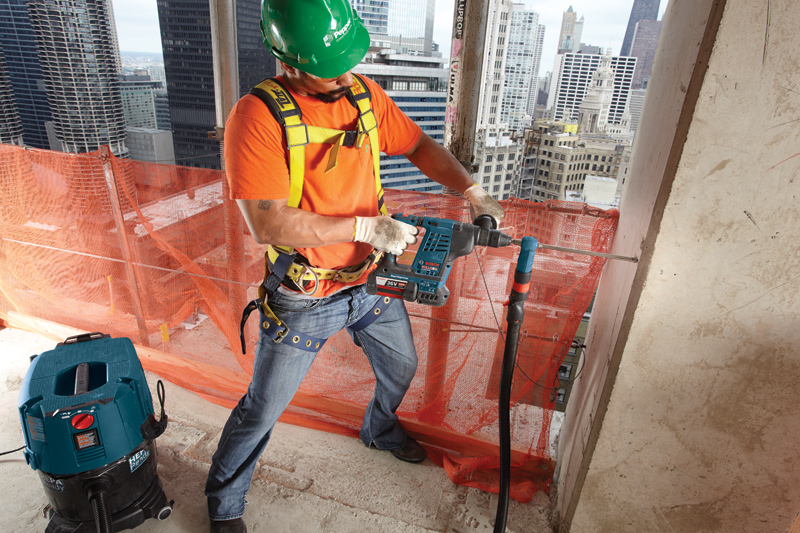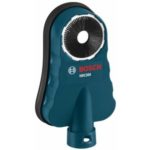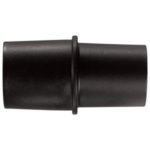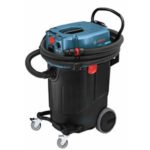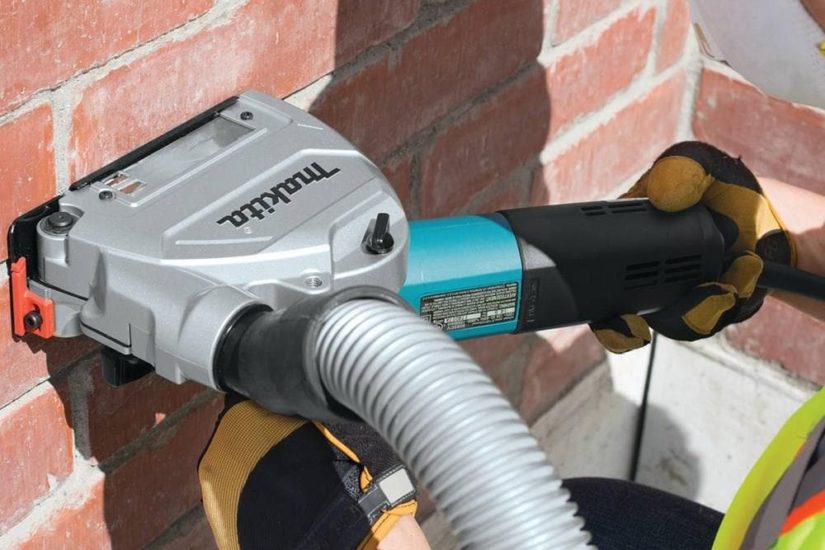The Clock Is Ticking On OSHA’s Silica Dust Requirements
Every jobsite in America where concrete is cut, drilled or requires grinding changed on March 24, 2016. That’s when the U.S. Department of Labor’s Occupational Safety and Health Administration (OSHA) ruling was announced that reduces worker exposure to respirable silica dust in an eight-hour period from 250 micrograms per cubic meter of air to 50 micrograms. After September 23, 2017*, employers will be subject to OSHA review and penalty for non-compliance.
For those who work in the concrete industry, the OSHA ruling did not come as a surprise. OSHA has maintained nominal respirable silica exposure standards for decades. But that didn’t prevent the agency from commenting its belief that current exposure limits do not adequately protect worker health.
Crystalline silica is a component of concrete that becomes breathable when drilling, sawing, polishing, cutting or crushing concrete, brick, block, rock or stone. OSHA claims that respirable crystalline silica is capable of crippling or killing workers by causing a range of lung diseases, from silicosis and lung cancer to emphysema, plus kidney disease. According to OSHA, it’s estimated that 2.3 million U.S. workers are exposed to respirable silica dust at work each year.
Whether you’re concerned about worker health, compliance or increasing productivity, Bosch has engineered some of the best dust collection systems on the market.
Systems to Reduce Exposure
So how do jobsite managers protect workers on a jobsite with a lot of concrete? One place to start is with Bosch dust collection systems, which help reduce airborne dust in moving users toward a healthy and compliant working environment. Effective dust removal can be maximized with the right combination of tool, attachment and dust extractor working together as a system. Everything in that chain should be optimized for maximum dust removal. Bosch tools and vacuums, attachments, and accessories are engineered to efficiently remove airborne dust created by power tools. For example, Bosch dust collection systems help keep the air clean by using HEPA filters that capture more than 99.97% of dust particles 0.3 microns and larger. Each dust extractor’s automatic or semi-automatic filter cleaning provides consistent, constant cleaning to maintain air quality and constant suction power.
Equipped with the right products, users can comply with new health and safety measures. And not only is worker health protected, but the life of the power tools and accessories as well. In addition, comfort and control has not been compromised in ensuring productivity while using the system.
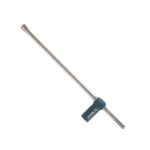 Bosch Speed Clean™ bits are part of a comprehensive system that reduces dust while producing precise, clean holes quickly. And because there’s less dust in the hole, drilling time is reduced by up to 25 percent. Because the bit minimizes dust in the environment, there are benefits to both workers and people located in the immediate area around the construction site. The bits work in conjunction with an attached vacuum system
Bosch Speed Clean™ bits are part of a comprehensive system that reduces dust while producing precise, clean holes quickly. And because there’s less dust in the hole, drilling time is reduced by up to 25 percent. Because the bit minimizes dust in the environment, there are benefits to both workers and people located in the immediate area around the construction site. The bits work in conjunction with an attached vacuum system
Getting It Right – Increase Productivity
When the job’s done, you’re done. Bosch dust collection systems boost productivity by greatly reducing the labor required for job cleanup and even reduce installation times for anchoring applications. For example, thanks to dust removal Speed Clean bits deliver a clean hole faster than conventional concrete bits, which means more holes that meet specifications in less time – up to half the time required of the conventional drill-blow-brush-blow method.
And Bosch Speed Clean bits deliver great durability – comparable to the life of Bosch SpeedX™ bits and Bosch Bulldog™ bits. Solid carbide tips are embedded in a steel head with robust four-cutter geometry that enhances bit speed and life. Each bit comes with a rubber connector that connects the shaft of the drill bit to the hose.
In developing Speed Clean bits, Bosch used testing performed by a certified industrial hygienist. Using each type of concrete drill bit, four tests were initiated. In all four tests Speed Clean rendered undetectable amounts of silica dust in the worker’s breathing zone; for conventional concrete drill bits just the opposite was true – silica dust was detected in all four tests in the worker’s breathing zone. (“Dust and Silica Exposure Assessment,” Terracon Consultants, Inc., Dec. 14, 2015)
Bringing It Home
When the objective is working toward a compliant worksite, better worker health or increased productivity, Bosch is part of the answer. Equipped with the right tools, users can develop flexible programs to meet increasing compliance measures.
This information was prepared by Robert Bosch Tool Corporation as a basic summary to help users generally understand the OSHA Respirable Crystalline Silica Rule for the construction industry. The rule goes into effect June 23, 2017*. This is not an official, legal, safety-related or comprehensive interpretation of the rule; you should always rely on your own review and evaluation of the applicable rules and regulations and understand that it is the individual’s and/or employer’s obligation to comply with such rules. Also, there may be additional OSHA standards and OSHA-approved state programs that apply. When using Bosch tools as you strive to meet your required compliances, always use the tools in accordance with the owner’s manual and OSHA regulations. For official information, please go to https://www.osha.gov/silica/ and for the complete rule (including Table 1), please see https://www.osha.gov/silica/SilicaConstructionRegText.pdf.
* April 6, 2017 OSHA National News Release Number: 17-415-NAT announces that the new enforcement date is September 23, 2017

